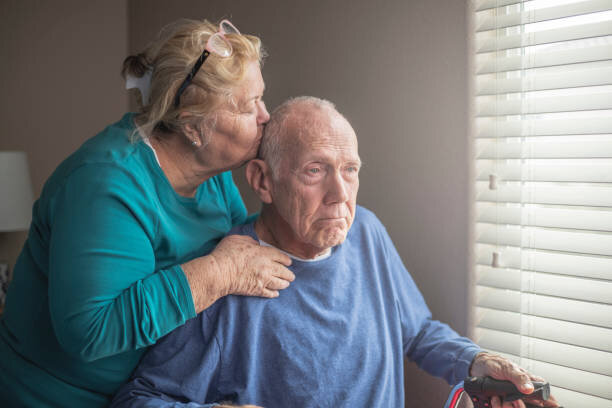
Spousal Caregiving for Parkinson’s Disease: Life Changing Dynamics
Seibert Lab
St. Alphonsus Medical Center & Physician Research
Boise, ID
As an athlete I have always been interested in movement, and therefore, I chose to work with the clinical population to explore the psychological and physiological components of Parkinson’s disease (PD). To investigate how Parkinson’s symptoms impair wellbeing, I constructed, conducted, and analyzed in- person interviews and self-report questionnaires of persons with PD and their caregivers (CG). Additionally, I probed physiological attributes by examining medical charts and nocturnal polysomnograms. Data demonstrated persons with PD to have impaired sleep, which often exacerbated psychological and psychosocial health. Surprisingly, the reported quality of life by the caregiver wassimilar to those diagnosed with PD, which led our lab to begin advocating for education and support groups for caregivers. Another project focused an unorthodox intervention of improving symptomology through non-contact boxing. Once I wrote an Institutional Review Board protocol, I was able to gather and analyze preliminary data that demonstrated the program's efficacy in attenuating motor and non- motor symptoms. Working with the human population showed me how science truly changes lives and motivated me to have my work translate to the human population.
Figure: The psychological and physiological attributes of Parkinson’s disease within those diagnosed and those caregiving. (A) Quality of life in persons with Parkinson’s (PD, N=31) and their caregivers (CG, N=28). (B) Percentage of caregivers feeling the need for more information (76.2% yes, 30.8% no). (C) Quality of sleep in both PD and CG, demonstrating similarities between the two populations. (D) Video interviewing Dr. Seibert on Rock Steady Boxing Program and Boise State University.
Poster presentation at Rocky Western Psychological Association Conference
Elora Williams, Colleen Poulton, Christian Zimmerman, MD, MBA, FACS,Pennie S. Seibert, Ph.D.
